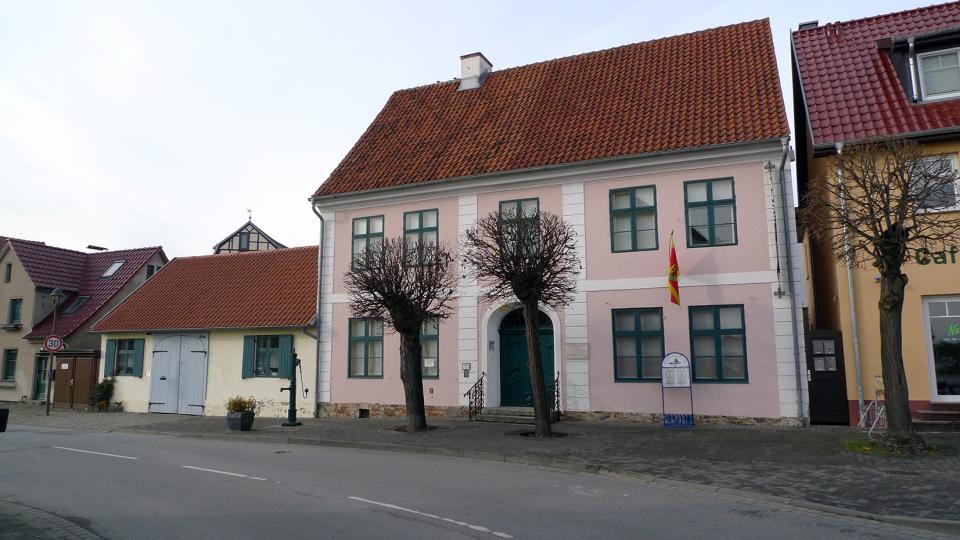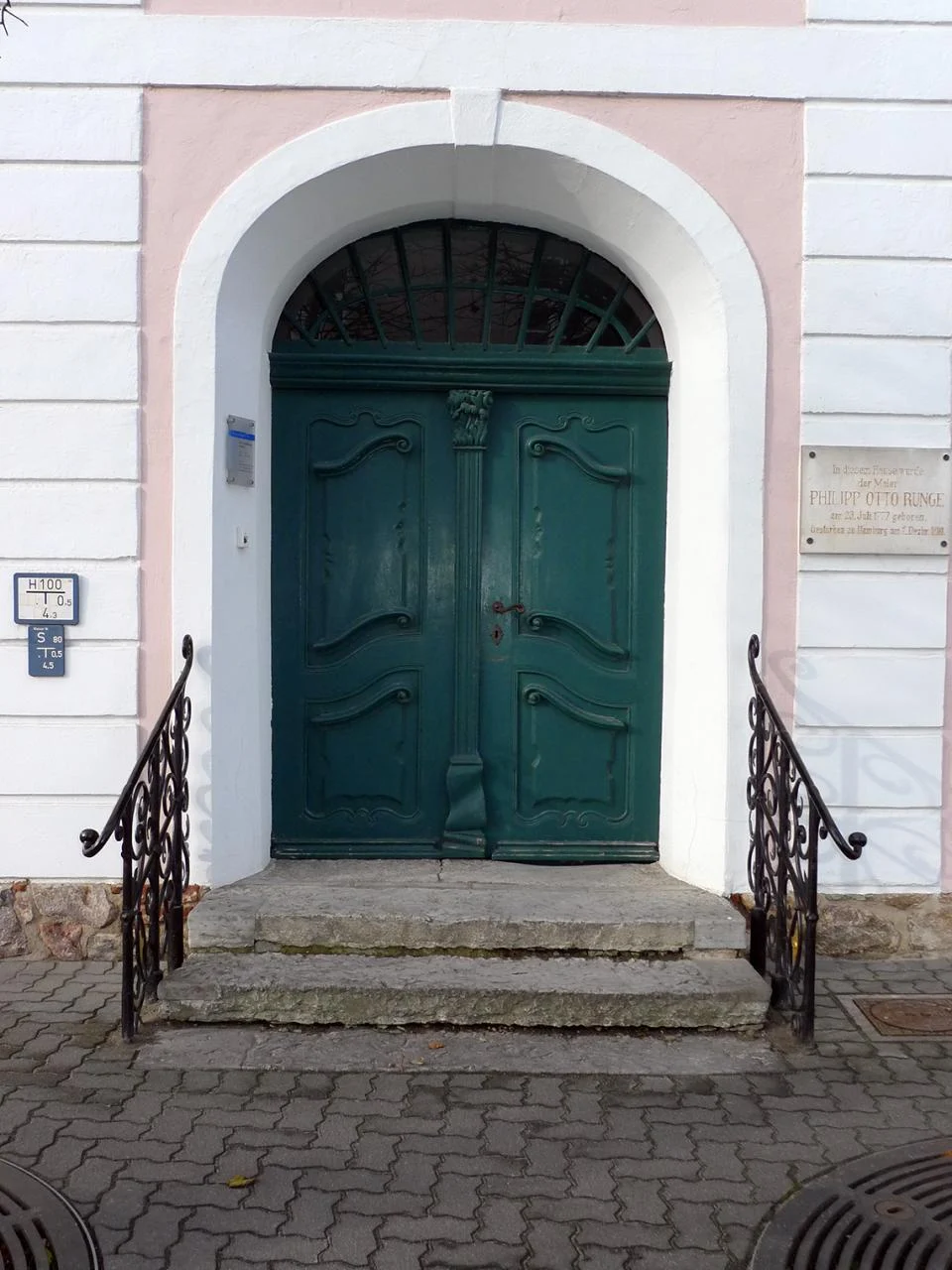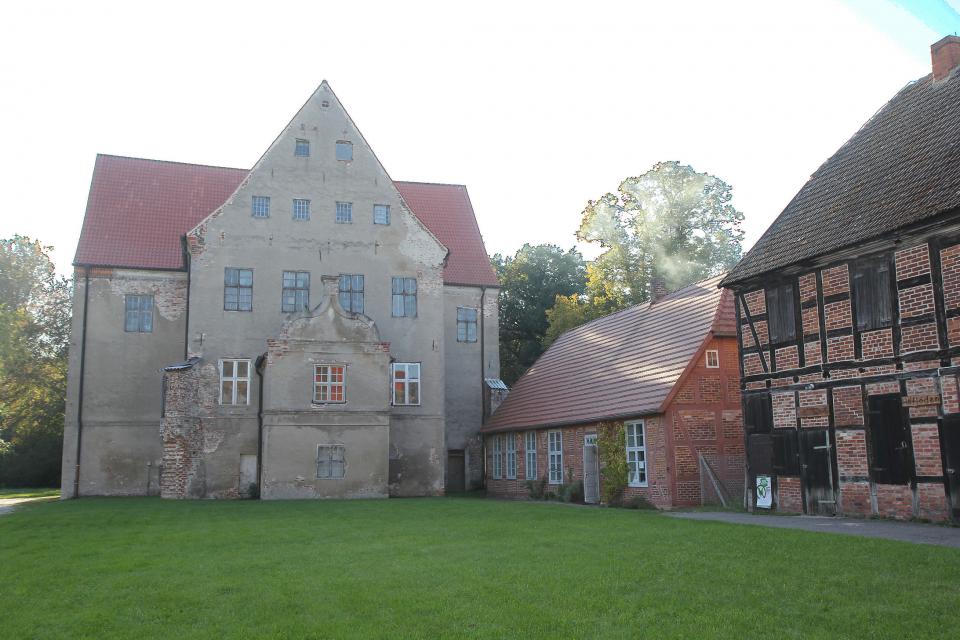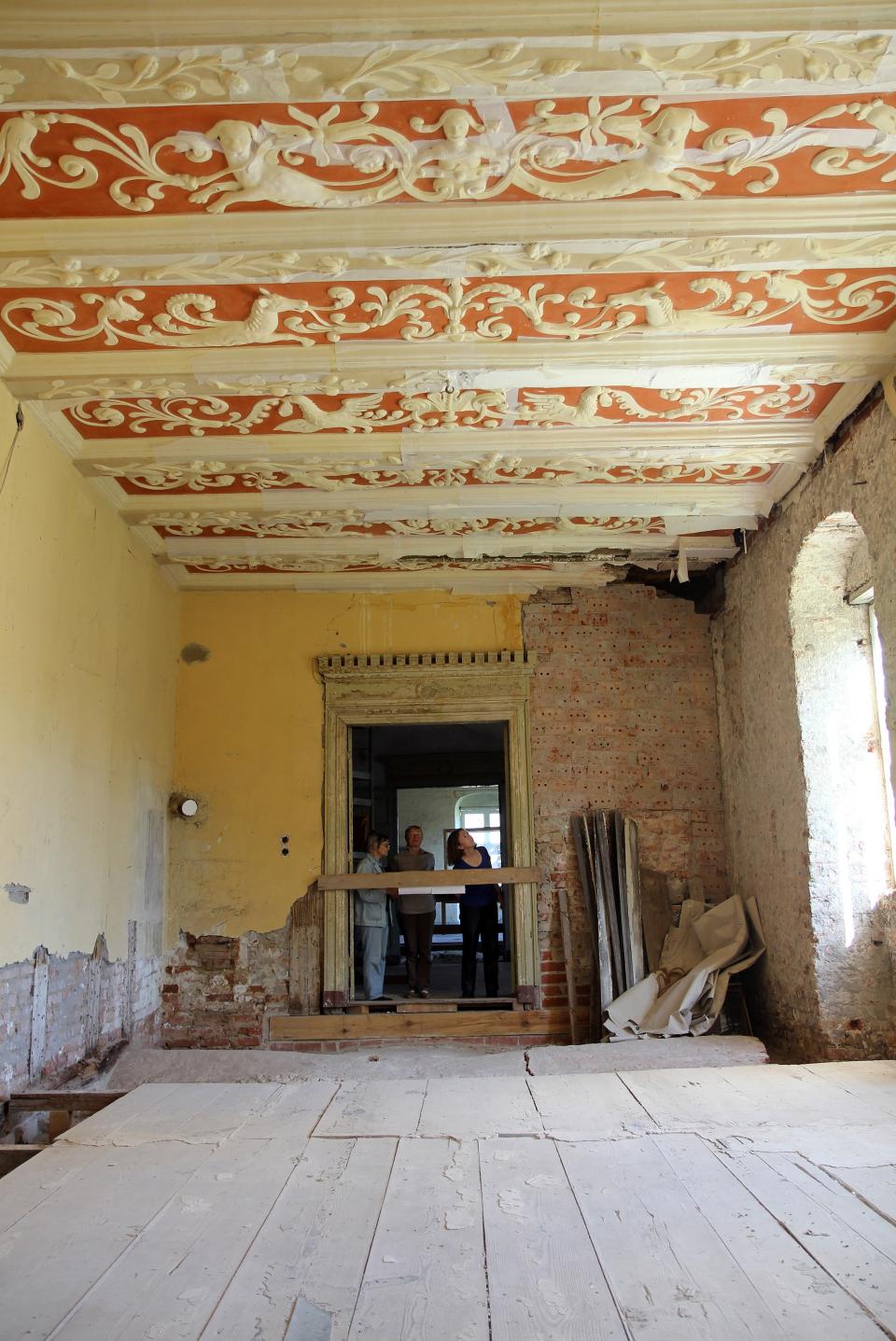Works by this Artist
Hülsenbeck ChildrenPhilipp Otto Runge, 1805-06 Morning
Philipp Otto Runge, 1809
Background
affluent merchant family
Studies
with Heinrich Joachim Herterich (1797) and Gerdt Hardorff (1798); Danish Academy (Akademi for de Skonne Kunster) with Nicolai Abildgaard and Jens Juel (1799)
Career
1790 – begins making silhouettes, continues to do so throughout his career
1795 – moves to Hamburg, works at brother Daniel’s trading company
1800s – meets Romantic authors Friedrich Schlegel and Ludwig Tieck, composer Ludwig Berger, and painters Anton Graff, Ferdinand Hartmann and Caspar David Friedrich
1802 – begins work on Four Times of Day series
1810 – publishes color theories (Farben-Kugel), sends copy to Goethe (1809)
Travels
Copenhagen (1799-1801); Dresden (1801-03)
Commissions from
Daniel Runge
Important Artworks
Nightingale’s Music Lesson, 1804 (Kunsthalle, Hamburg)
Rest on the Flight into Egypt, 1805-06 (Kunsthalle, Hamburg)
Day, 1803 (Kunsthalle, Hamburg)
Self Portrait, 1809 (Kunsthalle, Hamburg)
Son Otto Sigismund in High Chair, 1805 (Kunsthalle, Hamburg)
Wife Pauline in a Green Dress, 1805 (Kunsthalle, Hamburg)
The Artist's Parents, 18 (Kunsthalle, Hamburg)
Documentation
Marsha Morton comments on spirituality in Runge’s art:
“Runge, like Böhme,* regarded nature as the gateway to spiritual knowledge. Both men, along with Tieck **and Novalis,*** believed that plants and flowers not only represented the cyclical process of growth and decay, but spoke an original ‘nature language’ and embodied, together with children, a state of innocence retained from paradise. Böhme compared angels in paradise to ‘little children who walk in the fields of May among the flowers.’ Through a kind of empathetic bonding with flowers, it was thought, people could recognize their better selves; ‘in flowers,’ maintained Runge, ‘out heart still feels the love and unity of all contradictions in this world; to contemplate a flower rightly, to enter into its depth…we come to understand ourselves ever more.’ Runge had himself undergone a visionary experience – similar to that of his hero, Tieck’s fictional Franz Sternbald – that helped inspire the Times of Day. Runge described to his brother the moment when ‘the earth comes to life and stirs beneath me, and everything harmonizes in one great chord: then my soul rejoices and soars on the immeasurable space around me. There is no high or low, no time, no beginning or end.’”
*Jakob Böhme (1575-1624) was a Christian mystic who exerted a great influence on German Romantics.
** Johann Ludwig Tieck (1773-1853) was a writer. His novel Franz Sternbald’s Travels (1798) is considered one of the first examples of German Romantic literature.
***Novalis, pseudonym of Georg Philipp Freiherr von Hardenberg (1772-1801), was a Christian mystic and German Romantic writer.
Marsha Morton, “German Romanticism: The Search for ‘A Quiet Place,” Art Institute of Chicago Museum Studies, vol. 28, no. 1 (2002): 14.
Jennifer Jenkins explains the ‘rediscovery’ of Runge in the late 19th century:
“The first version of Runge’s Morning was given by Paul Runge to the [Hamburg] Art Museum in 1891. In 1892 [Museum Director Alfred] Lichtwark rediscovered Runge for the larger German public…Lichtwark defined Runge as not just a local artist of national stature…but as a radical innovator in painting technique and a forerunner of Impressionism. Runge was ‘the first who independently studied the appearance of light in this century,’ wrote Lichtwark. He was also ‘the first great colorist, who composed independently of the Old Masters,’ By rediscovering and reevaluating Runge, Lichtwark argued for the specificity of German contributions to Impressionist painting and foregrounded Hamburg as its formative environment.”
Jennifer Jenkins, Provincial Modernity: Local Culture and Liberal Politics in Fin-de-Siècle Hamburg (Ithaca-London: Cornell University Press, 2003), 258.
Readings
Bisanz, Rudolf M. German Romanticism and Philipp Otto Runge: a Study in Nineteenth-Century Art Theory and Iconography. DeKalb, IL: Northern Illinois University Press, 1970
Connelly, Frances S. The Sleep of Reason: Primitivism in Modern European Art and Aesthetics, 1725-1907. University Park, PA: Pennsylvania State University Press, 1995
Grundy, John B.C. Tieck and Runge, a Study in the Relationship of Literature and Art in the Romantic Period. Strasburg: J.H.E. Heintz, 1930
Littlejohns, Richard. “Philipp Otto Runge’s Tageszeiten and Their Relationship to Romantic Nature Philosophy, Studies in Romanticism, vol. 42, no. 1 (Spring 2003): 55-74
Meisel, Victor. “Philipp Otto Runge, Caspar David Friedrich, and Romantic Nationalism,” Yale University Art Gallery Bulletin, vol. 33 (October 1972): 37-51



